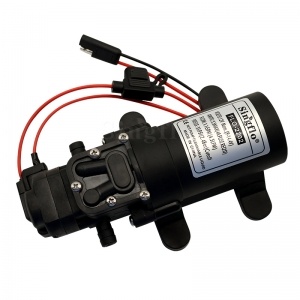 FLO-2202 12v 4.3LPM 12V Electric Self-Priming Water Pressure RV Pump with fuse
FLO-2202 12v 4.3LPM 12V Electric Self-Priming Water Pressure RV Pump with fuse
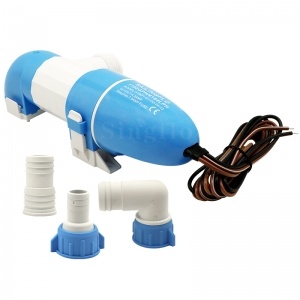 New hotsale Singflo DC 1100GPH Automatical water level sensor low profile bilge pump
New hotsale Singflo DC 1100GPH Automatical water level sensor low profile bilge pump
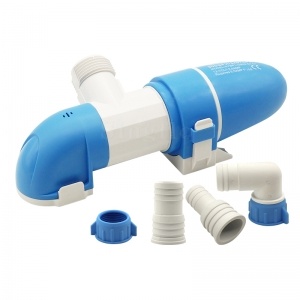 New Singflo DC 900GPH non-automatical low profile bilge pump for boat
New Singflo DC 900GPH non-automatical low profile bilge pump for boat
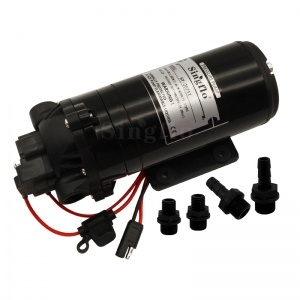 Singflo 2.0GPM 70PSI diaphragm pump for UTV Spot ATV sprayer
Singflo 2.0GPM 70PSI diaphragm pump for UTV Spot ATV sprayer
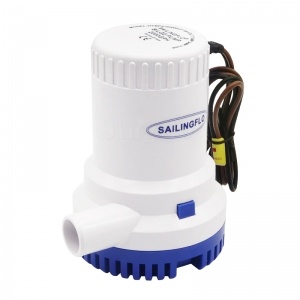 NEW 48V 2000GPH DC non-automatical submersible marine water bilge pumps
NEW 48V 2000GPH DC non-automatical submersible marine water bilge pumps
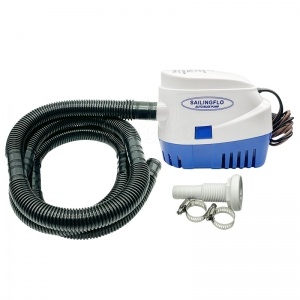 Singflo 3/4 inch bilge pump plumbing kit 600GPH electric 12v automatic boat bilge pump
Singflo 3/4 inch bilge pump plumbing kit 600GPH electric 12v automatic boat bilge pump
April 12,2021.
Gear oil pump is suitable for conveying various lubricating liquids, the temperature is not higher than 70℃, if high temperature is required to be 200℃, high temperature resistant materials can be used. This pump is not suitable for transporting corrosive, hard particles or fibers, highly volatile or low flash point liquids, such as gasoline, benzene, etc.

The gear pump uses two gears to mesh with each other to work, and the requirements for the medium are not high. The general pressure is below 6MPa, and the flow rate is relatively large. The gear oil pump is equipped with a pair of rotating gears in the pump body, one active and the other passive. The entire working chamber in the pump is divided into two independent parts by the meshing of the two gears. A is the suction cavity and B is the discharge cavity. When the gear oil pump is running, the driving gear drives the driven gear to rotate. When the gear is engaged to disengaged, a partial vacuum is formed on the suction side (A), and the liquid is sucked in. The sucked liquid fills the tooth valleys of the gear and is brought to the discharge side (B). When the gears are engaged, the liquid is squeezed out to form a high-pressure liquid and is discharged from the pump through the pump discharge port.

Precautions
1. Installation
a. Before installation, check whether the pump is damaged during transportation, such as whether the motor is damp, whether the dust cover of the pump inlet and outlet is damaged and dirt enters the pump cavity.
b. Before installing the pipeline, clean the inner wall of the pipeline with water or steam. During installation, avoid making the weight of the pipeline borne by the pump, so as not to affect the accuracy and life of the pump.
c. The oil pump should be as close as possible to the oil sump; no air or liquid leakage is allowed at each connection part of the pipeline, otherwise the phenomenon of not being able to suck liquid will occur.
d. In order to prevent particles and other dirt from entering the pump, a metal filter screen should be installed at the suction inlet, with a filtering accuracy of 30 mesh/in, and the filtering area should be more than three times larger than the cross-sectional area of the oil inlet pipe.
e. It is recommended to install vacuum gauges and pressure gauges in the inlet and outlet pipelines to monitor the working status of the pump.
f. When the oil sump is deep, the oil suction pipe is long, or the medium viscosity is high, which causes the vacuum to be too high, the oil inlet pipe can be thickened by one stop. A foot valve should also be installed when the suction line is long.
2. Inspection before work
a. Whether the fasteners of the pump are firm.
b. Whether the rotation of the driving shaft is uniform in light and heavy.
c. Whether the valves in and out of the pipeline are open.
d. Whether the direction of rotation of the pump meets the requirements.
e. Inject a proper amount of medium into the pump before using it for the first time.
3. Maintenance during work
a. Note that the readings of the pressure gauge and vacuum gauge of the pump should conform to the technical specifications stipulated by the pump.
b. When the pump has abnormal noise or high temperature rise during operation, the pump should be stopped immediately for inspection.
c. Under normal circumstances, the safety valve should not be adjusted arbitrarily. If adjustment is required, it must be calibrated with an instrument. Make the cut-off pressure of the safety valve the pump
d. 1.5-2 times the rated pressure.
4. Stop of the pump
a. Cut off the power supply.
b. Close the inlet and outlet pipe valves.
Prev :
DC Bilge PumpNext :
Bilge pump: what is it and how to use it?copyright © 2025 Xiamen Youme Electric Co., Ltd.. All Rights Reserved dyyseo.com
top